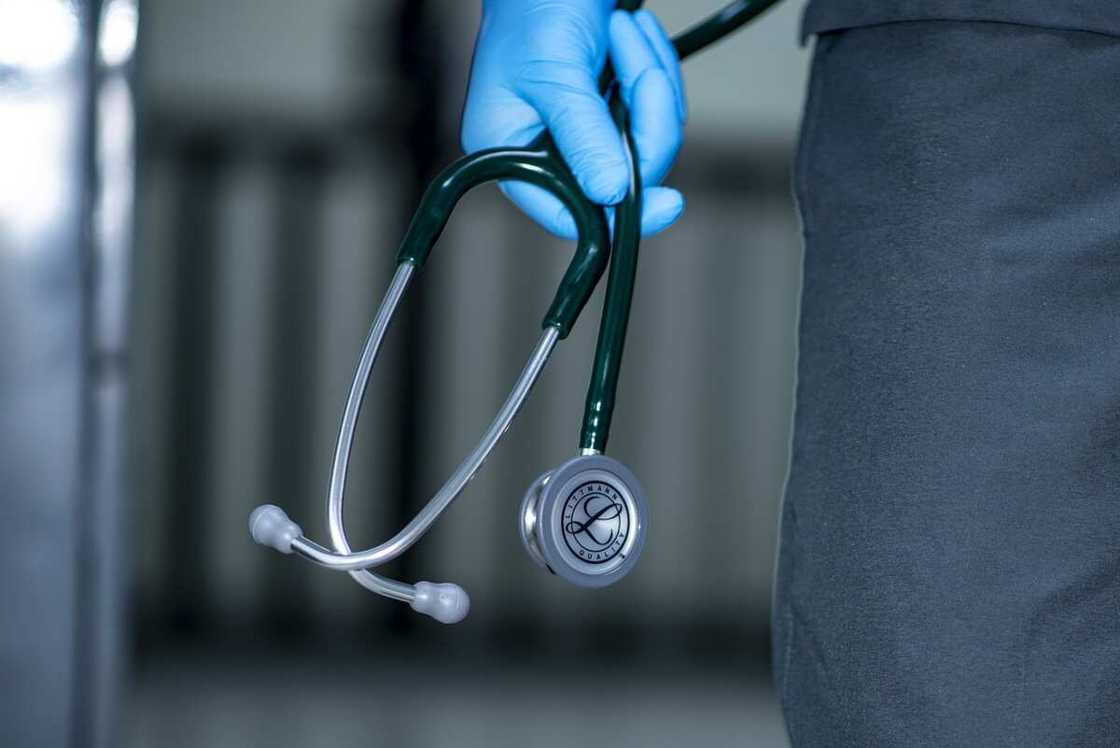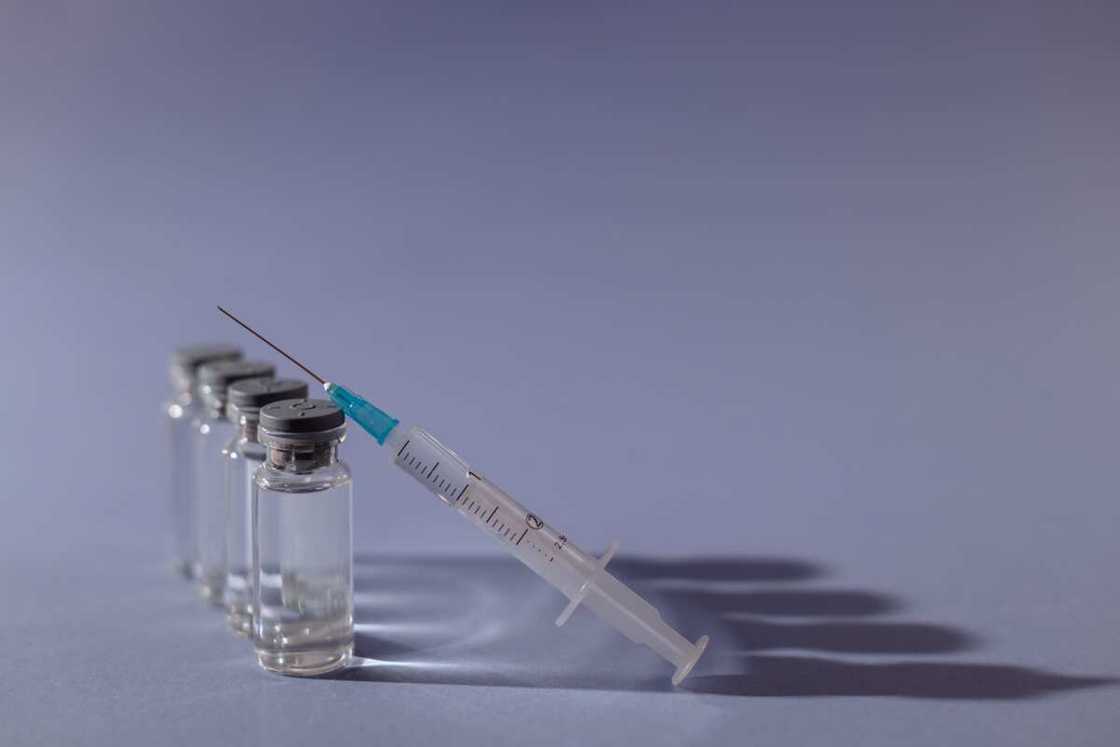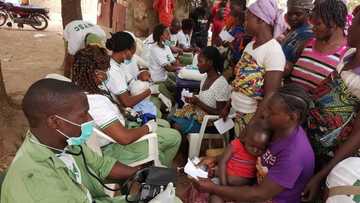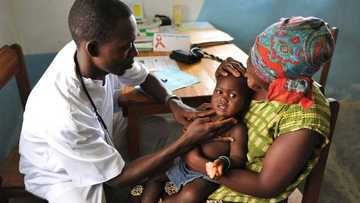Top 13 components of primary health care: what are they?
In 1978, the World Health Organization (WHO) adopted what came to be known as the Declaration of Alma-Ata 12. The declaration outlined WHO’s stance, objectives, and plans towards achieving health care for all people in the world. The declaration defined the components of primary health care in a bid to enhance global health care.
PAY ATTENTION: Click “See First” under the “Following” tab to see Legit.ng News on your Facebook News Feed!

Source: UGC
What is primary health care (PHC)? According to the WHO, PHC is a whole-of-society approach to health that aims at ensuring the highest possible level of health and well-being and their equitable distribution by focusing on people’s needs and as early as possible along the continuum from health promotion and disease prevention to treatment, rehabilitation, and palliative care, and as close as feasible to people’s everyday environment.
What are the components of primary health care?
What are the principles of primary health care? Here is a look at the 13 components of healthcare.
1. Health education
The journey to achieving healthcare provision for everyone begins with the creation of awareness amongst the public. Through education, the public is made aware of the existing diseases and health challenges, ways to prevent them, and steps to take in case one falls ill. Once the population is well educated on matters of health, they can participate better in the prevention and control of diseases.
PAY ATTENTION: Subscribe to Digital Talk newsletter to receive must-know business stories and succeed BIG!
2. Availability, accessibility, and affordability of health services
If a population is well educated on health matters but does not have the requisite health facilities, then the journey to universal health care becomes impossible. Societies must have available, accessible, and affordable healthcare facilities. The first element touches on existence, and the last two on possible access even by the poor people in the community.
3. Immunization

Source: UGC
Effective immunization programs are crucial for the achievement of primary health care. Immunization is the primary means through which the spread of most infectious diseases is minimized. Some infections such as polio, yellow fever, and diphtheria have pretty much been controlled through immunization.
4. Provision of essential medicines
Primary healthcare cannot be provided if the necessary medicines are unavailable in health centres. These medicines are essential for the treatment of common ailments and diseases. Healthcare workers can only do their jobs effectively if the facilities they work in are equipped with these essential medicines.
5. Treatment of communicable diseases
Communicable diseases are those that can be easily transmitted from one person to another. If not dealt with, these diseases can lead to increased mortality and morbidity rates. Primary health care aims to find solutions to these diseases. Most times through prevention and cure.
6. Water and sanitation
Gastrointestinal diseases such as cholera, typhoid and diarrhoea are extremely common in communities with poor access to usable and drinkable water. The concept of primary health care aims to equip communities with the necessary knowledge, tools, and funds to access clean water.
7. Promotion of mental health and rehabilitation
the World Health Organization defines health as the complete physical, mental, social, and emotional well-being of an individual. This then makes mental health an important aspect of PHC. Today, there are numerous campaigns and awareness programs designed to improve communities’ awareness of mental health and enhance the uptake of rehabilitation services.
8. Maternal and child healthcare

Source: UGC
This component of primary healthcare is aimed at reducing the menace of maternal and child mortality, which is quite prevalent in some developing countries. Services such as antenatal care, postnatal care, and safe delivery are all meant to deal with the problem.
9. Medicine availability and distribution
The core of PHC is that a patient gets access to all health-related services and products without having to leave their locality. This means that for it to work, the medicines one needs should be easily available in the medical facility closest to them. There must be effective medicine distribution networks to ensure that these medicines get to the remotest parts of society.
10. Prevention and control of locally endemic diseases
Endemics are diseases prevalent in specific localities or regions. Common endemics include dengue fever, Lassa fever, and Ebola. The effective prevention and control of endemics are key in the implementation of primary health care.
11. Referrals
PHC is only effective when there are secondary and tertiary facilities where patients with more advanced conditions can be referred to. At times, local medical facilities do not have the equipment or staff to deal with overly advanced conditions, making it essential to have referral facilities.
12. Proper food and nutrition

Source: UGC
One of the pillars on which primary healthcare is based is proper food and nutrition. By ensuring that communities have access to nutritious food, authorities can do away with a wide range of diseases that often plague societies. Diseases such as marasmus and kwashiorkor are easily preventable through proper nutrition.
13. Prevention and control of non-communicable diseases
While non-communicable diseases are not easily transmittable among humans, they still pose a huge challenge to PHC. These diseases can easily result in increased mortality rates if not dealt with. This makes it important to find ways to prevent and control these ailments. The most common ones include cardiovascular diseases, diabetes, and arthritis.
What are the types of primary health care?
The five types of PHC are promotive, preventive, curative, rehabilitative, and supportive care.
What is the definition of primary health care according to WHO?
According to the WHO, PHC is a whole-of-society approach to health that aims at ensuring the highest possible level of health and well-being and their equitable distribution by focusing on people’s needs and as early as possible along the continuum from health promotion and disease prevention to treatment, rehabilitation, and palliative care, and as close as feasible to people’s everyday environment.
What are the main challenges to primary health care?
Lack of funds, lack of awareness, and political interferences are among the biggest challenges to primary health care.
What does the WHO do?
The body monitors and coordinates activities concerning many health-related issues, including genetically modified foods, climate change, tobacco and substance use, and road safety. The WHO is also an arbiter of norms and best practices.
Which are the most common communicable diseases?
The most common ones are HIV, hepatitis A, B and C, measles, and blood-borne illnesses.
Which are the most common non-communicable diseases?
The most common are cardiovascular diseases, cancers, chronic respiratory diseases, and diabetes.
Which medicines are considered essential?

Source: UGC
Essential medicines are those that are produced to satisfy the priority healthcare needs of a population.
The various components of primary health care all play a great role in the attainment of universal healthcare. These elements are designed to enhance humans’ access to healthcare regardless of their financial status or region.
READ ALSO: 10 best rehabilitation centres in Nigeria and their location
Legit.ng recently published an article about the best rehabilitation centres in Nigeria and their locations. There are numerous rehab centres in the country, all created to alleviate the prevalent issue of substance abuse. These centres play a key role in rehabilitating addicts and substance abusers, creating awareness amongst community members, and developing solutions to combat the substance abuse menace in the country.
Like other institutions, these centres vary greatly in their services, costs, and target clients. Which are the best ones, and where are they located?
Source: Legit.ng

Jackline Wangare (Lifestyle writer) Jackline Simwa is a content writer at Legit.ng, where she has worked since mid-2021. She tackles diverse topics, including finance, entertainment, sports, and lifestyle. Previously, she worked at The Campanile by Kenyatta University. She has more than five years in writing. Jackline graduated with a Bachelor’s degree in Economics (2019) and a Diploma in Marketing (2015) from Kenyatta University. In 2023, Jackline finished the AFP course on Digital Investigation Techniques and Google News Initiative course in 2024. Email: simwajackie2022@gmail.com.

Adrianna Simwa (Lifestyle writer) Adrianna Simwa is a content writer at Legit.ng where she has worked since mid-2022. She has written for many periodicals on a variety of subjects, including news, celebrities, and lifestyle, for more than three years. She has worked for The Hoth, The Standard Group and Triple P Media. Adrianna graduated from Nairobi University with a Bachelor of Fine Arts (BFA) in 2020. In 2023, Simwa finished the AFP course on Digital Investigation Techniques. You can reach her through her email: adriannasimwa@gmail.com








